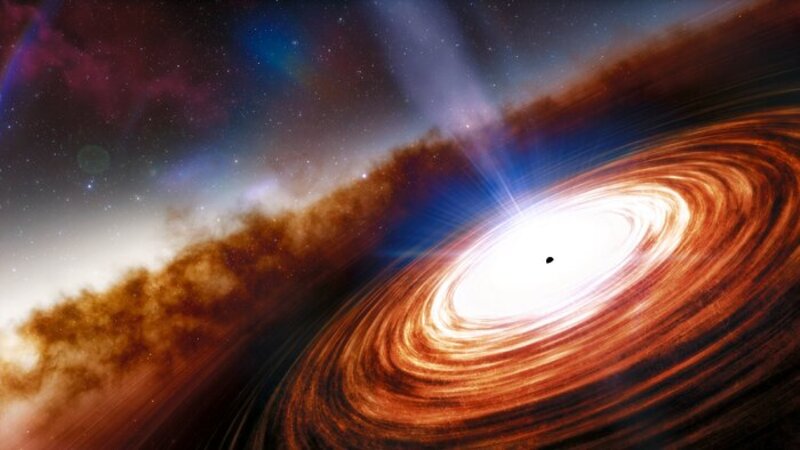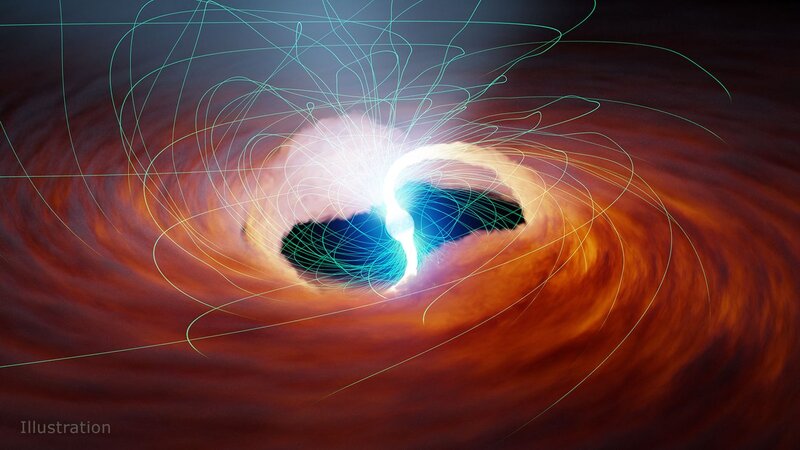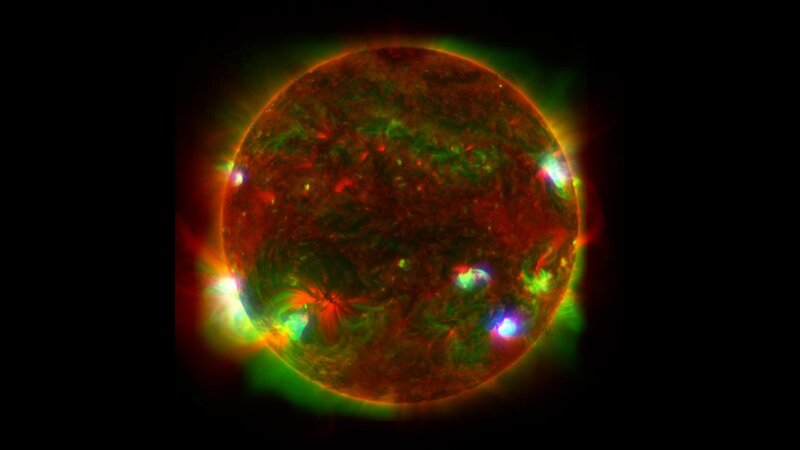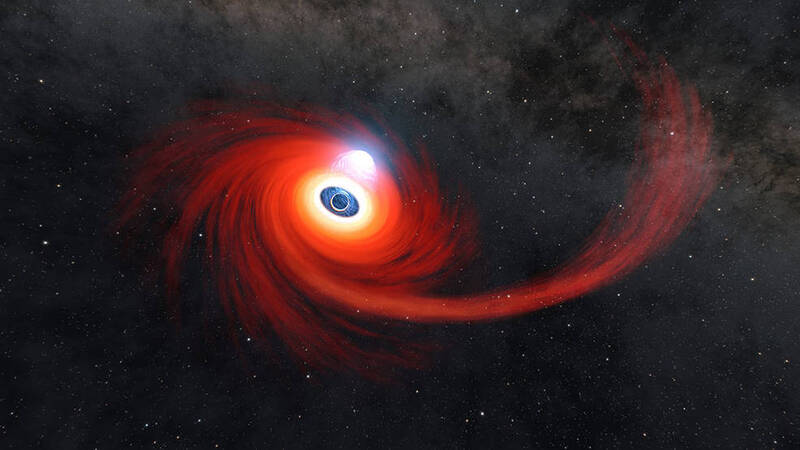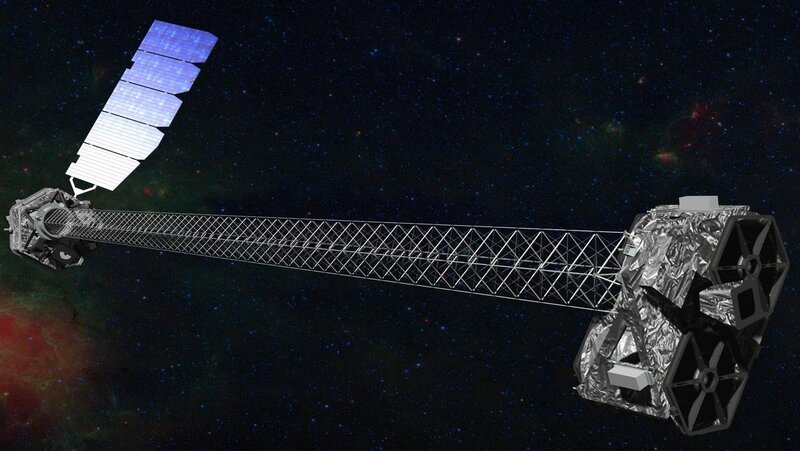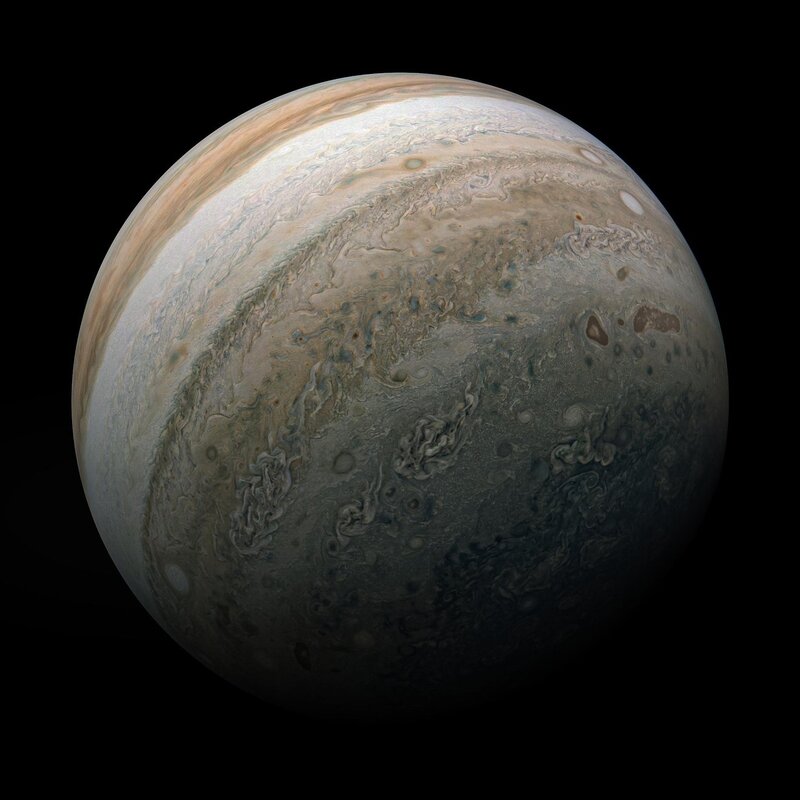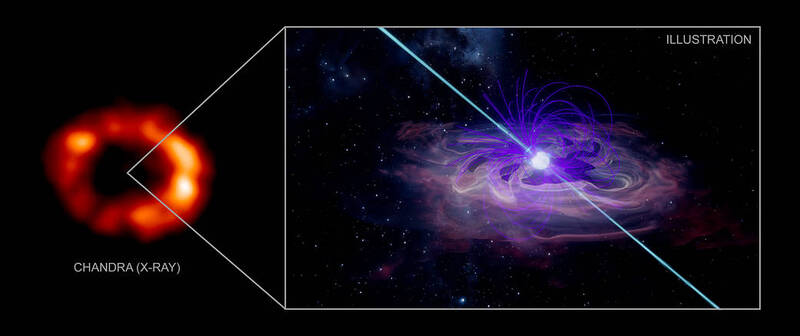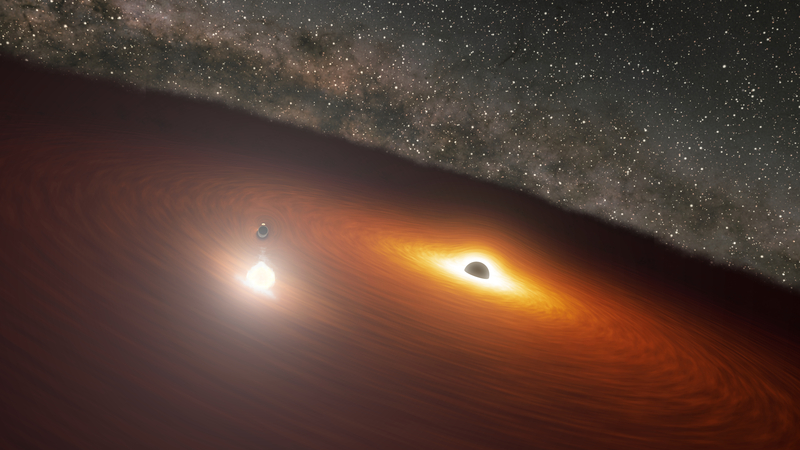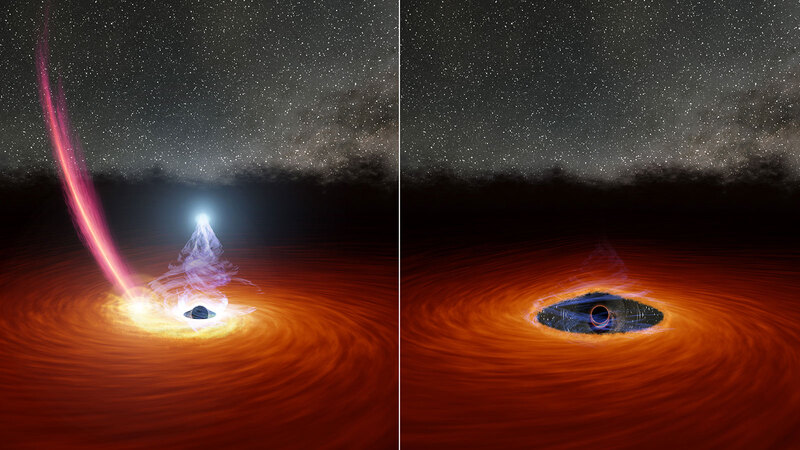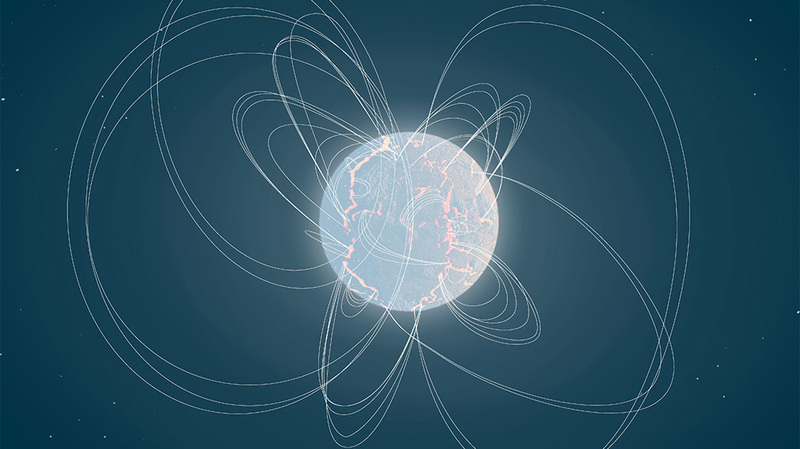NASA Telescopes Find New Clues About Mysterious Deep Space Signals
February 14th, 2024
NuSTAR Observes the Earliest X-rays from a Baby Supernova
January 25th, 2024
Brightest Cosmic Explosion Ever Detected Had Other Unique Features
June 8th, 2023
An X-ray Look at the Heart of Powerful Quasars
May 25th, 2023
NASA Study Helps Explain Limit-Breaking Ultra-Luminous X-Ray Sources
April 6th, 2023
NASA’s NuSTAR Telescope Reveals Hidden Light Shows on the Sun
February 9th, 2023
NASA Gets Unusually Close Glimpse of Black Hole Snacking on Star
December 20th, 2022
NuSTAR is Working with IXPE to Reveal the Shape, Orientation of Hot Matter Around Black Hole
November 7th, 2022
NuSTAR Celebrates 10 Years of Operations
June 9th, 2022
May 27th, 2022
NASA’s NuSTAR Makes Illuminating Discoveries With ‘Nuisance’ Light
March 1st, 2022
NASA Telescope Spots Highest-Energy Light Ever Detected From Jupiter
February 10th, 2022
Black holes can tell us the expansion rate of the Universe
November 10th, 2021
NuSTAR Observes the Sun with MaGIXS
September 14th, 2021
NuSTAR and XMM-Newton See Light Echo from Behind a Black Hole
August 4th, 2021
Seeing Some Cosmic X-Ray Emitters Might Be a Matter of Perspective
July 9th, 2021
Uncovering the Hidden Black Holes
June 25th, 2021
Telescopes Unite in Unprecedented Observations of Famous Black Hole
April 14th, 2021
A Tale of Two Coronae: Solving the Mystery of the “Soft Excess”
March 26th, 2021
Shredded star may have caused luminous X-ray transient in a galaxy far, far away
March 12th, 2021
Reclusive Neutron Star May Have Been Found in Famous Supernova
February 23rd, 2021
After-Flare Detected from Black Hole Dance
October 13th, 2020
Measuring the masses of magnetic white dwarfs: A NuSTAR Legacy Survey
September 22nd, 2020
NuSTAR and XMM-Newton observe a dusty shroud sparkling in X-rays
September 15th, 2020
Hidden in Plain Sight: Monster Black Holes Found in Nearby Galaxies
July 29th, 2020
Runaway Star Might Explain Black Hole's Disappearing Act
July 16th, 2020
NuSTAR's Reaches its 8th Launch Anniversary
June 19th, 2020
A Cosmic Baby Is Discovered, and It's Brilliant
June 17th, 2020
Monitoring the First Ultraluminous Pulsar
May 22nd, 2020



